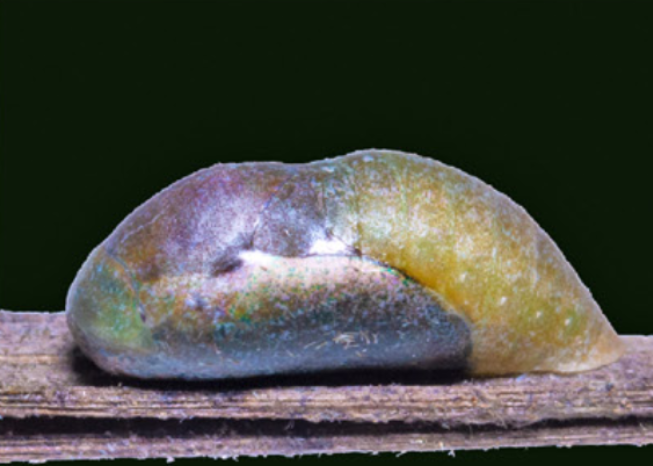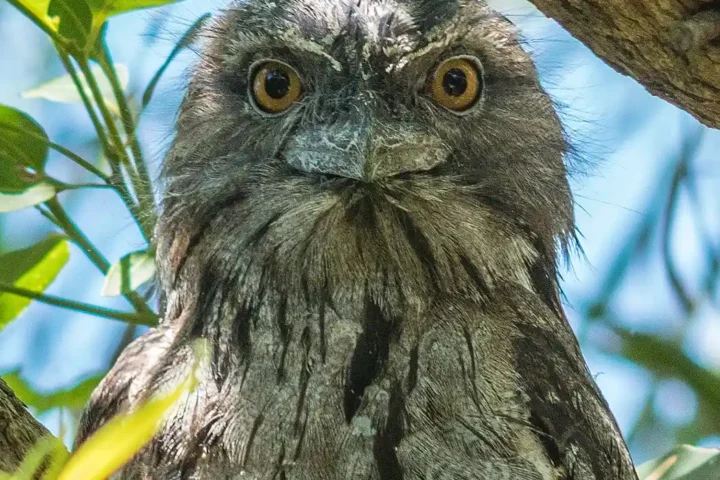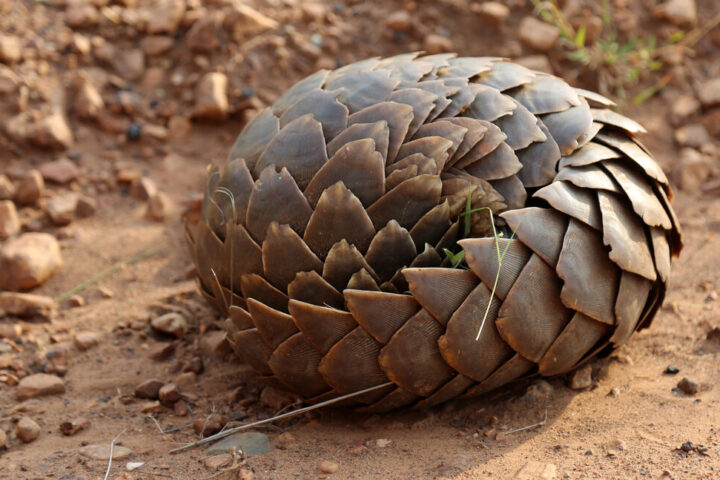Nilgiris in Tamil Nadu is famous for its hill resort of Ooty and the Lawrence School and Defence Services Staff College. They are also a habitat of butterflies. The discovery of Nilgiri Tit’s host plant adds to the importance of this region.

The lovers of Butterflies have recorded for the first time in India that the Nilgiri Tit (Hypolycaena nilgirica) utilizes a large terrestrial orchid plant (Eulophia epidendraea) as its host plant. The scientific journal, “The Tropical Lepidoptera” has documented this remarkable finding conducted near the Kallar horticultural garden. The researchers Manoj Sethumadhavan, Felix Nirmal Dev, Vinod Sriramlu and Selvaraj Jeevith conducted the study. Their findings are expected to play an important role in preserving the habitat of this rare and endemic butterfly species.

They are classified as rare under Schedule II of the Wildlife Protection Act. This rare species, called the Nilgiri tit has a rich historical backdrop. Its first description dates back to 1884. They are mainly seen in the Nilgiris and Sri Lanka. The latest study adds a new dimension to the life history of this beautiful species. It also stresses the vital role played by the research team.

It is a significant achievement to identify the terrestrial orchid as the larval host plant for the Nilgiri tit butterflies. An invaluable insight into the butterflies’ breeding habits and habitat requirements are provided by this discovery. A pivotal role was played by the Wynter-Blyth Association, famous for its contribution to butterfly conservation. Future conservation efforts are expected to be guided by the findings. The study will also ensure the protection of Nilgiri tit’s habitat.
Similar Posts
The importance of safeguarding these delicate ecosystems is also underscored by this discovery. The rare species of Butterflies deserve all support as they are rare and endemic. The need for continuous study to monitor the butterflies’ population and habitat conditions is stressed by the researchers.

The WBA (Wynter-Blyth Association) has been instrumental in recording and conserving butterfly species in the Nilgiris. The butterfly enthusiasts have acknowledged the efforts of WBA in documenting the habitat and host plants of the Nilgiri tit. Such voluntary organizations are needed to preserve the delicate balance of nature.

A new vista has been provided by the discovery in future conservation studies. In order to survive for a longer period, it is important to protect the Nilgiri tit’s habitat. We have to understand its breeding pattern. Therefore collaboration of environmentalists is needed.

The discovery of the Nilgiri tit using a terrestrial orchid as a host plant is a pioneer effort. It is a significant landmark in the field of butterfly conservation. The findings have stressed the need for preserving the habitat of rare and endemic species of butterflies. They have given a call for continuity in research and conservation efforts. The butterflies are a gift of nature to humanity. This tiny creature shows the way to live for others.


















